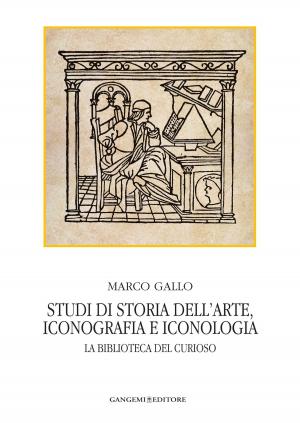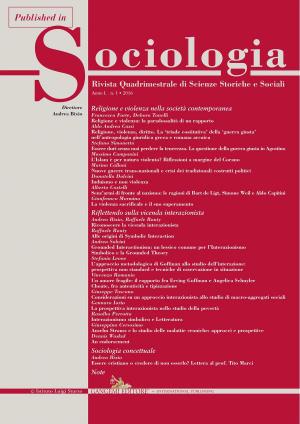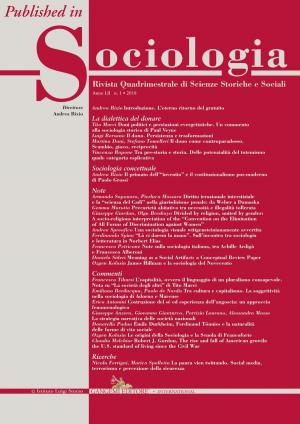Traceological analysis applied to textile implements: an assessment of the method through the case study of the 1st millennium BCE ceramic tools in Central Italy
Published in Origini n. XL/2017. Rivista annuale del Dipartimento di Scienze dell’Antichità – “Sapienza” Università di Roma | Preistoria e protostoria delle civiltà antiche – Prehistory and protohistory of ancient civilizations
Nonfiction, Social & Cultural Studies, Social Science, Archaeology, Anthropology| Author: | Vanessa Forte, Cristina Lemorini | ISBN: | 9788849243079 |
| Publisher: | Gangemi Editore | Publication: | January 24, 2019 |
| Imprint: | Gangemi Editore | Language: | English |
| Author: | Vanessa Forte, Cristina Lemorini |
| ISBN: | 9788849243079 |
| Publisher: | Gangemi Editore |
| Publication: | January 24, 2019 |
| Imprint: | Gangemi Editore |
| Language: | English |
Published in Origini n. XL/2017. Rivista annuale del Dipartimento di Scienze dell’Antichità – “Sapienza” Università di Roma | Preistoria e protostoria delle civiltà antiche – Prehistory and protohistory of ancient civilizations | This contribution focuses on the application of traceological analysis to ceramic textile tools. Traceological analysis has been rarely applied to the study of this specific category of artefacts. A dedicated reference collection needed to be created for a proper understanding of the development of both technological and use traces, on apparently simple artefacts that, nevertheless, are connected with very specific gestures highly constrained by cultural background of their users. Our experimental framework was based on the ceramic textile tools from the cemeteries of Cerveteri, Vulci, Narce and Falerii in Central Italy, dated to the 1st millennium BCE. The macroscopic analyses of archaeological and experimental ceramic textile tools allowed to define the technological features of production, such as the exploited ceramic pastes and the traces related to the various steps of tool production including modelling, surface treatment, decoration and firing techniques. Moreover, this investigation allowed to define the technological traces and to distinguish them from use wear traces and post-depositional alterations.
Published in Origini n. XL/2017. Rivista annuale del Dipartimento di Scienze dell’Antichità – “Sapienza” Università di Roma | Preistoria e protostoria delle civiltà antiche – Prehistory and protohistory of ancient civilizations | This contribution focuses on the application of traceological analysis to ceramic textile tools. Traceological analysis has been rarely applied to the study of this specific category of artefacts. A dedicated reference collection needed to be created for a proper understanding of the development of both technological and use traces, on apparently simple artefacts that, nevertheless, are connected with very specific gestures highly constrained by cultural background of their users. Our experimental framework was based on the ceramic textile tools from the cemeteries of Cerveteri, Vulci, Narce and Falerii in Central Italy, dated to the 1st millennium BCE. The macroscopic analyses of archaeological and experimental ceramic textile tools allowed to define the technological features of production, such as the exploited ceramic pastes and the traces related to the various steps of tool production including modelling, surface treatment, decoration and firing techniques. Moreover, this investigation allowed to define the technological traces and to distinguish them from use wear traces and post-depositional alterations.















